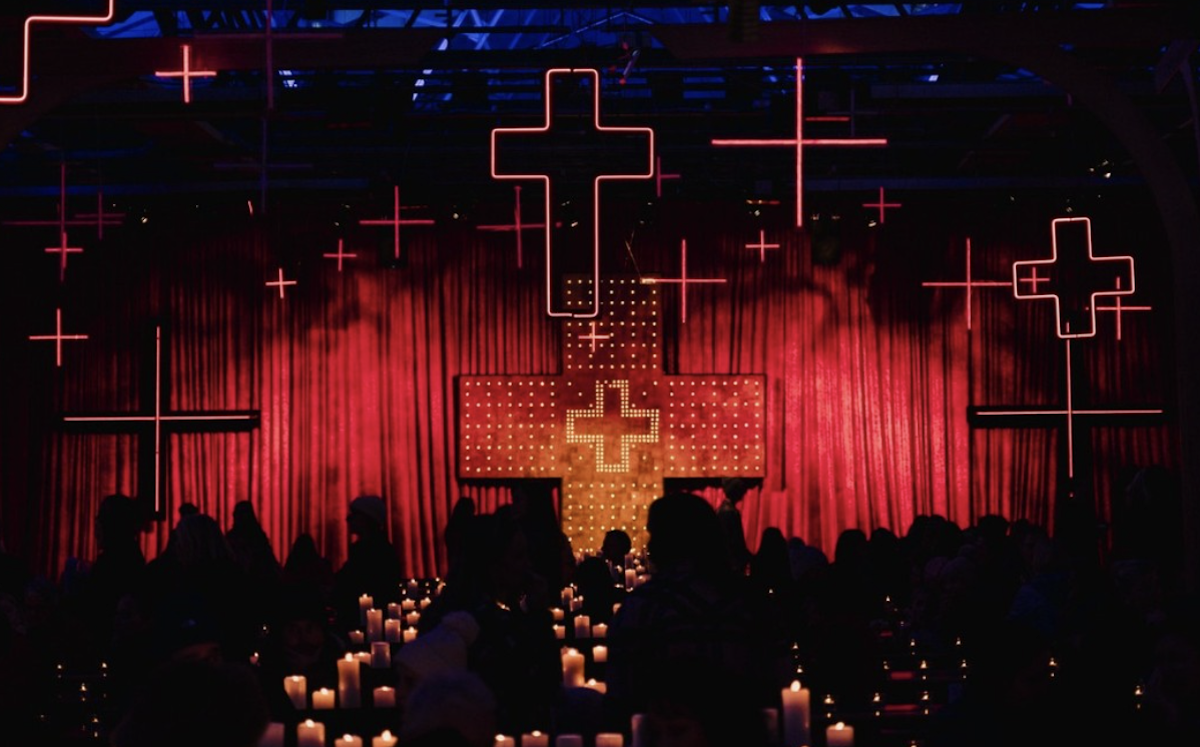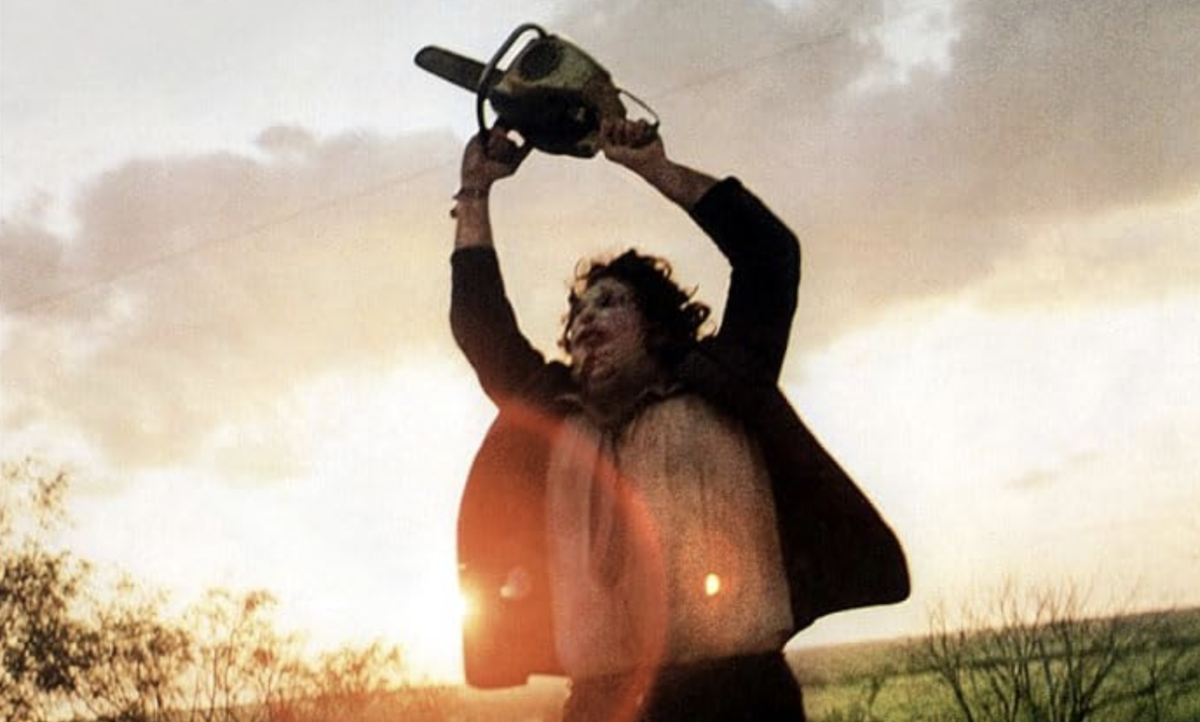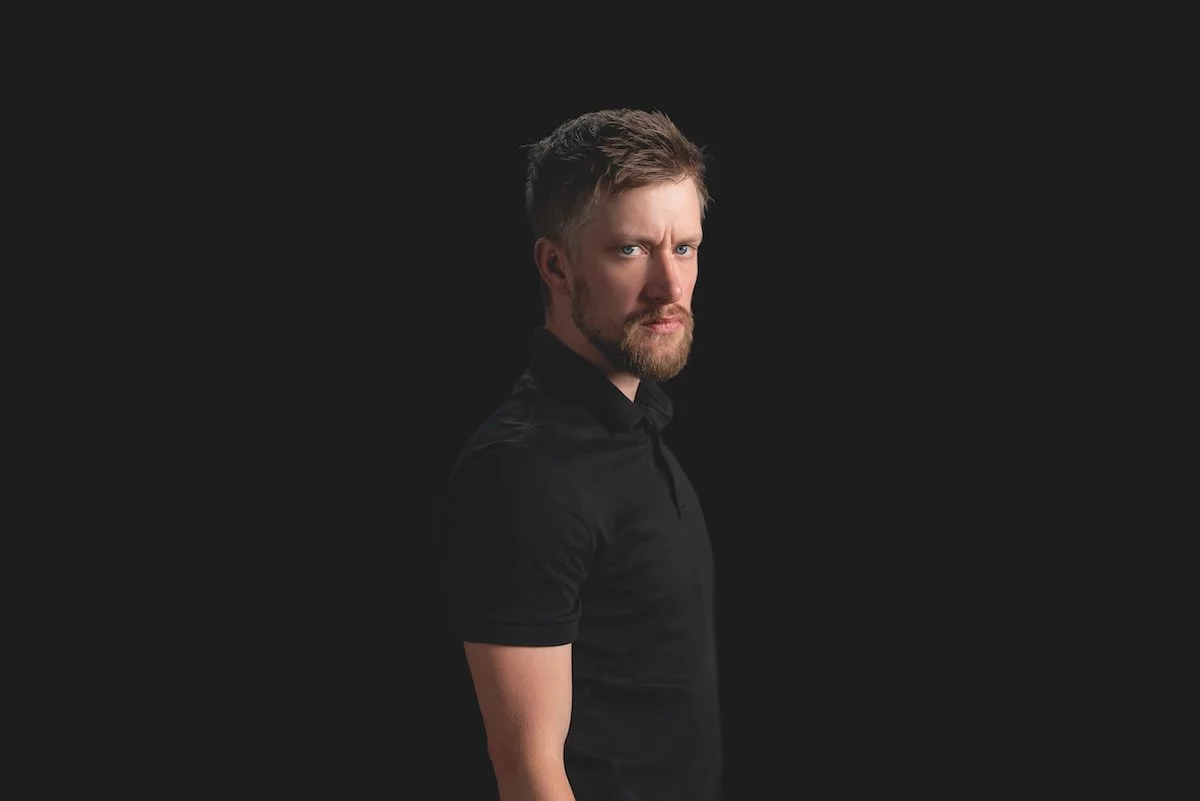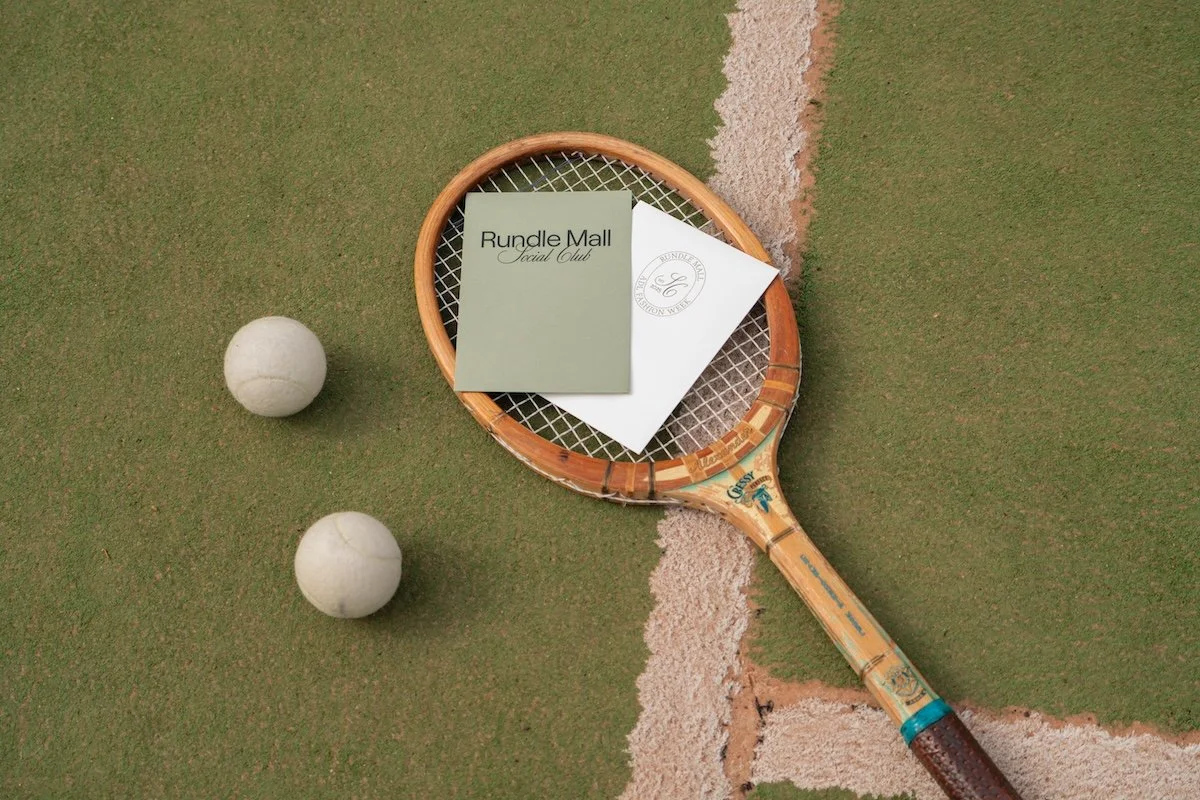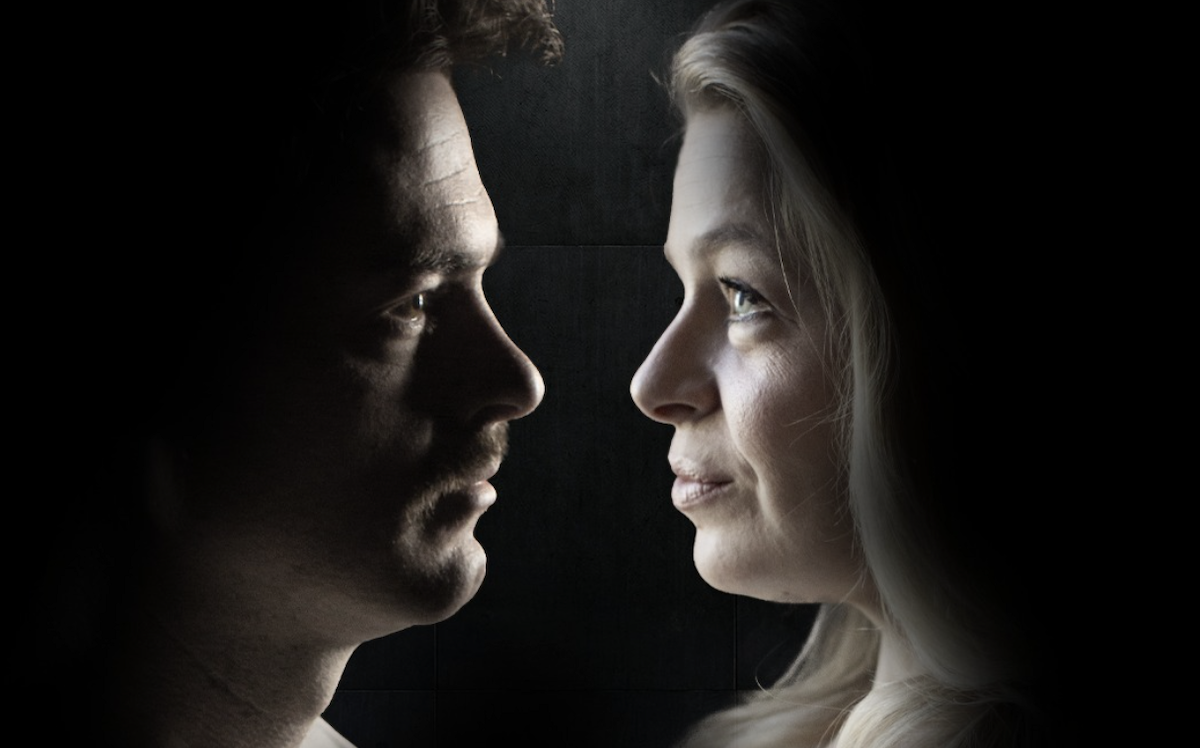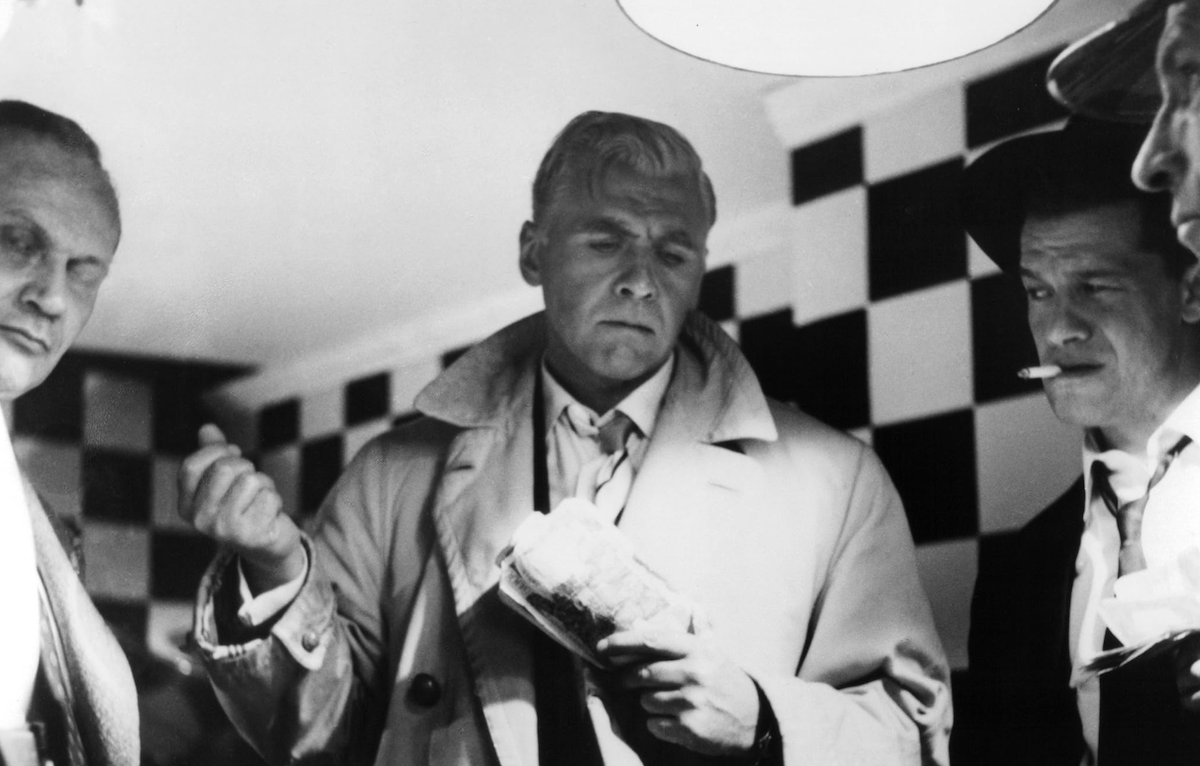A deep dive into all things ‘arts and ents’.
Words Indigo James // Image Art in Adelaide
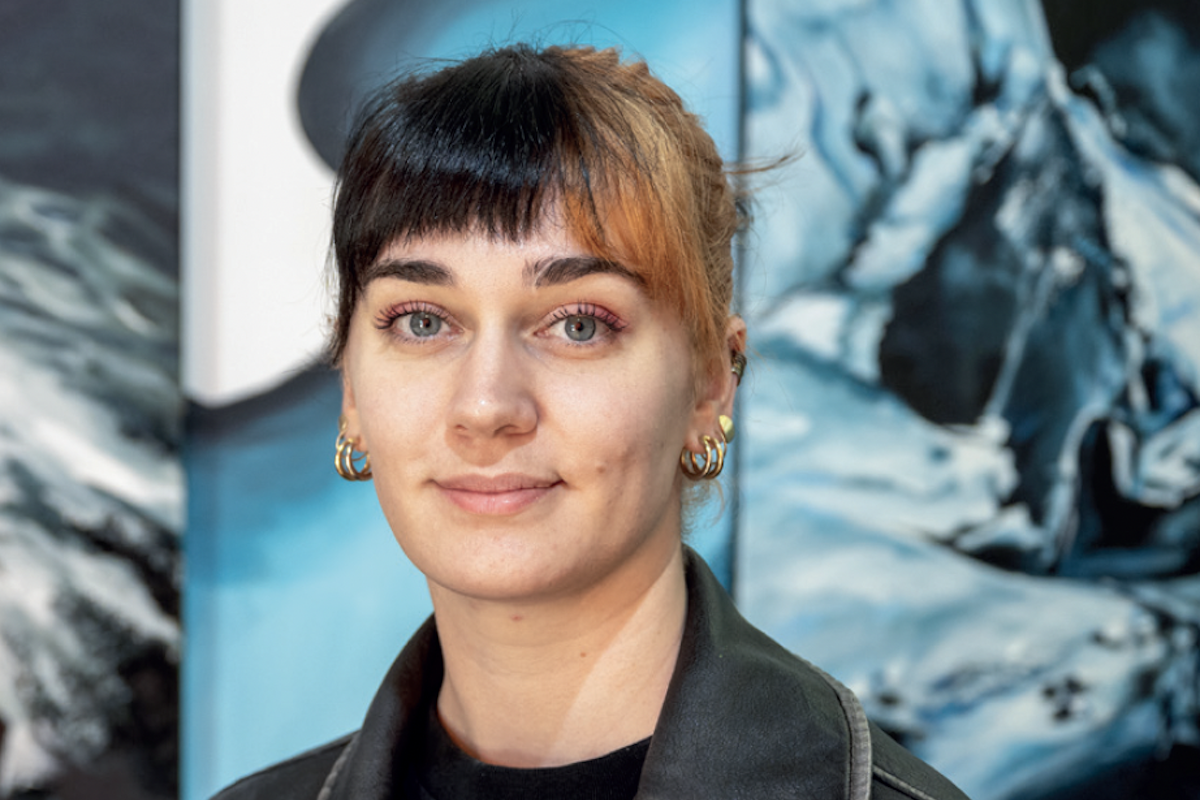
Adelaide painter Brianna Fantis, a studio artist at Collective Haunt, creates layered psychological landscapes inspired by Jungian ideas of the ‘Persona’, ‘Shadow’, and ‘Self’. Using sawdust and natural textures, she gives shape to the mind’s terrain and the shadow figures that guide emotion. BTS’s ‘Map of the Soul’ album first sparked her interest in Jungian shadow work, inspiring her to bring these ideas to life on canvas. Brianna reflects on her process, the companions that emerge in her canvases, and the quiet breakthroughs that unfold mid-brushstroke
Tell us about your practice. What do you do?
My art practice is fuelled by material elements of painting, whether that’s implied texture or literal 3D differences – namely, sawdust, as it helps create a fantastic, natural rock-like texture. I funnel this textural fascination into what I call “psychological landscapes”, as the references to psychological theories, such as “Persona/Shadow/Ego” and Jung’s Map of the Soul, cannot be ignored once you know they’re there in my work.
How did you first become interested in psychological and Jungian ideas, and how do they influence your art?
During my time at art school, BTS began releasing albums inspired by Carl Jung’s Map of the Soul theories, and recommended Dr. Murray Stein’s writings for further context. I loved how figurative ideas could be explored through music, which inspired me to translate these concepts into painting. I developed a more personal interpretation the more I read. Jung believed life’s goal was to achieve a complete “Self” by balancing the conscious and unconscious through “Shadow Work”, valuing the journey over the destination. My work reflects this by capturing life midpoints, reflective states, and limbo pauses.
The figure often appears in your work – what does it represent for you?
My shadow figures are an intentional effort to bring life to what lingers just beyond peripheral vision, placing it at the centre. They help remind me that “Shadow Work” is never a lonely task, nor is reflection meant to be all-consuming. Instead, these figures act as comfort, externalising and compartmentalising emotions outside the body. Initially, my paintings featured a solitary figure supporting me as the artist. Over time, however, the figures now carry their own companions. In essence, these shadow figures serve as guides in a form of self-prescribed therapy.
Can you describe your painting process and how a piece usually comes together?
My psychological landscapes almost always begin with photos I’ve taken, though they transform completely by the final painting. I seek natural compositions that resemble gateways – cracks in pavement, cliff surfaces, or foliage concealing entrances. Since the “Self” is an ideology, these thresholds feel symbolic. Some works require detailed sketches or studies; others emerge directly on canvas. For landscapes, underpainting is essential; the layered depth makes them feel real while heightening the surrealist quality I aim for. The figures always arrive last.
What’s your favourite piece of art you’ve made, and why?
My recent self-portrait, “everyday everyday everyday everyday e v e r y d a y,” because it was created at a time where I felt overwhelmed by life outside of my art practice and needed to capture those emotions. Although, if I’m allowed to be pedantic, I’ll say that a current work in progress is my favourite piece right now. I am experimenting with obvious textural concept clashes, and I believe I’ve had a breakthrough with this piece.
What is your earliest memory of making art?
I have a perfect photo of my earliest art extravaganza. I cannot remember creating this at all, but I am so joyful that this was captured. I was maybe 4-6 years old.
Follow Brianna Fantis’ creative journey via @zfantisart.
Sir Tony Robinson shares his life, laughs, and love of history – live on stage across Australia and New Zealand this February 2026.
The duo’s show HYPROV (pronounced hip-rawv) arrives in Australia and New Zealand in 2026 after selling out venues across Canada, the United States and the United Kingdom.
The compelling film focuses on a group of women incarcerated in Adelaide Women’s Prison who discover the power of healing through music.
Dita Von Teese’s new show merges old Hollywood allure with 19th century magic.
The host of the Modern Wisdom podcast will take to the stage in Adelaide in March 2026.
The event features 56 Asian and Asian Australian creatives taking part in a range of programs across the weekend.
Moviegoers have the chance to vote for their favourite films to be screened as part of this season’s program.
The star and co-creator of the award-winning series Fisk hits Adelaide in July next year.
The emerging stand-up comic performs in Adelaide in March 2026.
Billie Justice Thomson’s winning design will be used to promote the Adelaide Fringe 2026.
Gin & Comics is held at Milledge’s Distillation in the Port.
The multi-award-winning South African/New Zealander comic has announced a run of dates from April to August 2026.
Catch the LA-based Aussie comic at Rhino Room this November.
Scare yourself silly over the Halloween weekend at The Piccadilly.
This marks Carl Baron’s first Australian tour in several years.
The Scottish comedian brings his new stand-up show BITTER to Aussie audiences next year.
Geoff Brittain directs a production of Samuel D. Hunter’s acclaimed play.
Adelaide fans can grab pre-sale tickets from November 4.
Catch Akaash Singh performing at The Gov in February 2026.
The ultimate interactive Disney Jr. concert experience lands in Adelaide next year.
Prepare to be offended when Julian Woods performs at The Austral later this month.
Discover why South Australia is a shopper’s paradise.
The world’s most iconic love story comes to life in State Opera South Australia’s brand-new production of Gounod’s Romeo et Juliette.
The recently renovated Piccadilly is highlighting the best films from the French New Wave.
American stand-up Matt Rife hits Adelaide in January 2026.








